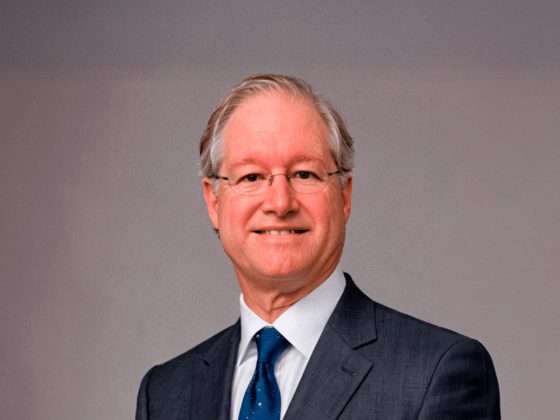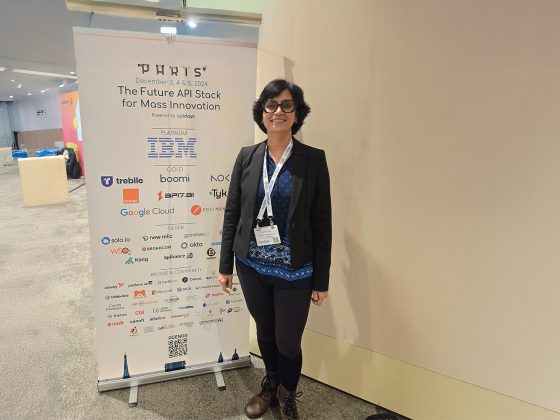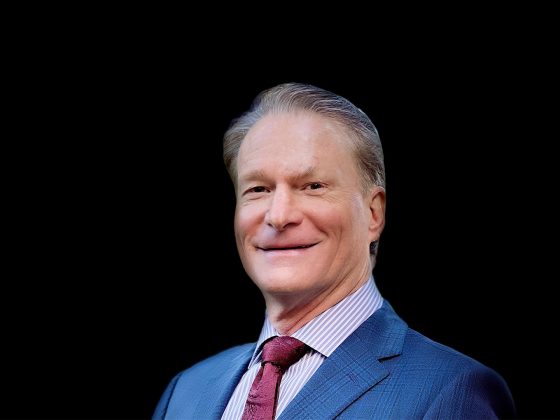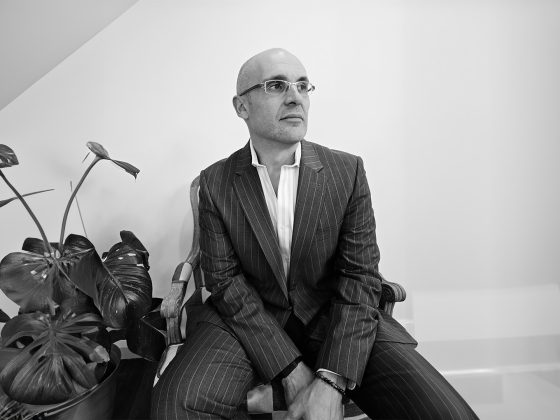In dynamic modern business environments, the ability to consistently innovate is essential for companies hoping to sustain long-term success. However, fostering company-wide creativity, agility, and a forward-looking perspective can pose major challenges – especially for rigid or risk-averse organizations grounded in legacy structures and mindsets.
Leaders hoping jumpstart innovation cannot simply demand great new products and ideas on short timelines. They must focus on gradually cultivating an institutional culture that sparks creativity, embraces change, and supports intrapreneurship at all levels over the long haul.
Here are crucial best practices for thoughtfully establishing this type of high-performance innovative culture:
Clarify Innovation’s Strategic Role
Before architects ever lay the cornerstone of an iconic new skyscraper, architectural plans are carefully drafted to articulate ambitions, provide guiding constraints, and illustrate the future state. Similarly, companies must clearly convey how innovation aligns with overall vision and strategy so everyone understands the “blueprint” guiding ideation, risk-taking, and new undertakings.
Without explicitly stating how innovation contributes toward strategic growth, productivity, and differentiation priorities, innovation efforts descend into disjointed activities lacking focus and clear return on investment. Leaders must therefore continually communicate innovation’s purpose and top-level mandate.
Incentivize Innovation Behavior
In established organizations where employees are conditioned to honor tradition, act predictably, and stay in their lanes, an expectant “innovate!” decree from management rarely sparks meaningful change. People will not break ingrained habits without compelling incentives making it worthwhile to attempt new behaviors.
Thus, cultural architects must implement formal reward and recognition structures promoting creative output, collaboration outside siloes, speedy experimentation initiatives and intelligent risk-taking. This includes innovation bonuses, contests highlighting new solutions, and marketing campaigns featuring internal innovators. Publicly praising, supporting, and rewarding innovation acts as positive reinforcement conditioning people to continually push envelopes.
Allow Bottom-Up Innovation
A common mistake is concentrating innovation decisions and governance solely at senior levels. However, those on the frontlines often spot emerging challenges, shifts, and opportunities long before C-suite strategists. They also have key insights into customer frictions and valuable ideas to enhance end-user experiences. Failing to tap this rich vein of insight severely hampers innovation potential.
Structures like new idea submission pipelines, internal crowdsourcing platforms, hackathons events, and dedicated cross-functional innovation teams enable anyone to contribute innovations. This bottoms-up input supplements and strengthens top-down vision. Broad participation also boosts company-wide engagement and urgency around innovation.
Prototype Early and Often
Innovation is fueled not by armchair theorization but active experimentation through real-world prototyping. Early crude prototypes provide tangible artifacts to inspire others and progress thinking. Rapid iterations incorporating user feedback build momentum via visible enhancements. Failures provide equally valuable learning opportunities to tweak approaches.
Leaders must therefore push teams to immediately prototype “good enough” MVP instantiations of ideas versus waiting for polished end products. This starts pulling advanced concepts out of abstraction into reality. Prototyping also forces critical examination of assumptions and pressure tests viability. Starting to build also builds excitement and pulls in interested collaborators. With enough iterations, even unconventional ideas can evolve into breakthrough innovations.
Connect Complementary Perspectives
While homogenous groups feature efficient coordination, diverse teams yield greater innovation as different experiences spark unique connections. Breaking groups out of thinking ruts requires infusion of new perspectives offering alternate viewpoints, expanded skill sets, and challenging questions.
Executives should consciously orchestrate more heterogeneity across internal innovation teams and external partnerships. Multidisciplinary collisions produce fertile creative tension. Intentionally rotating team members and collaborators maintains flux that continuously rejuvenates creative output over time. Exposure to “outside” mental models shakes up established conventions. By leveraging complementary capabilities, 1+1=3 innovation effects emerge.
The modern enterprise cannot thrive without embedding innovation into cultural DNA. Following these foundational principles represents strong first steps toward unleashing sustained creativity and agility over the long run. With the right vision, leadership, incentives and enabling infrastructure, teams unlock the means to continuously reimagine products, services and business models powering future success.
Image Source: pexels.com










